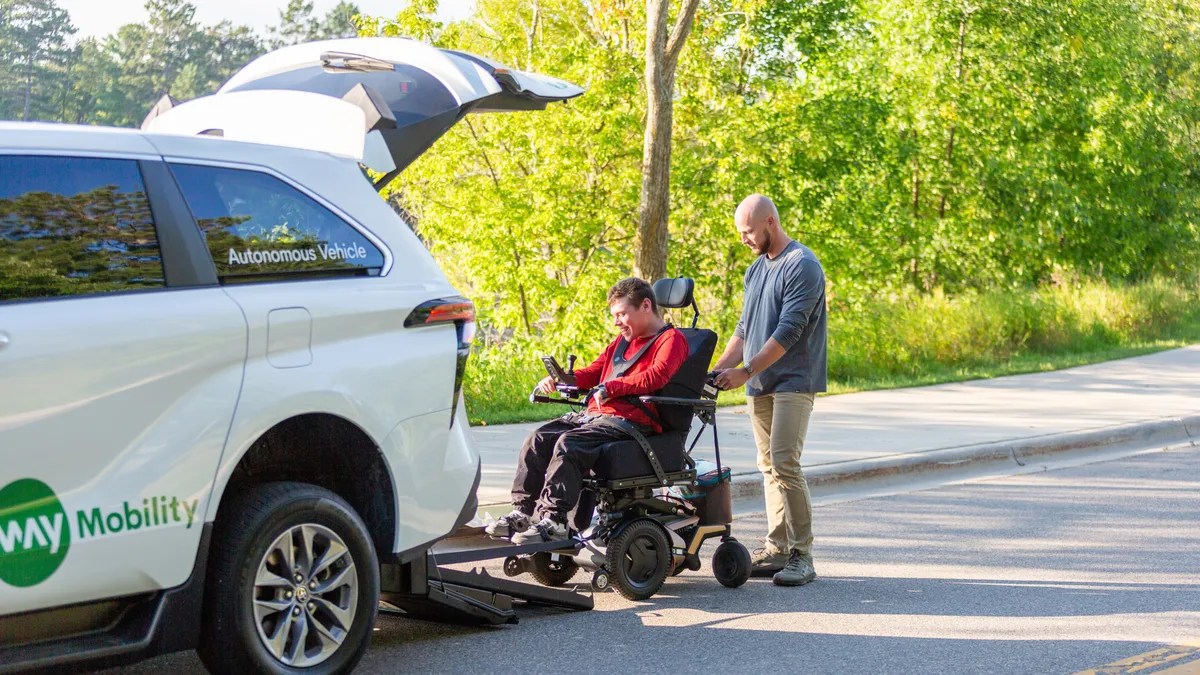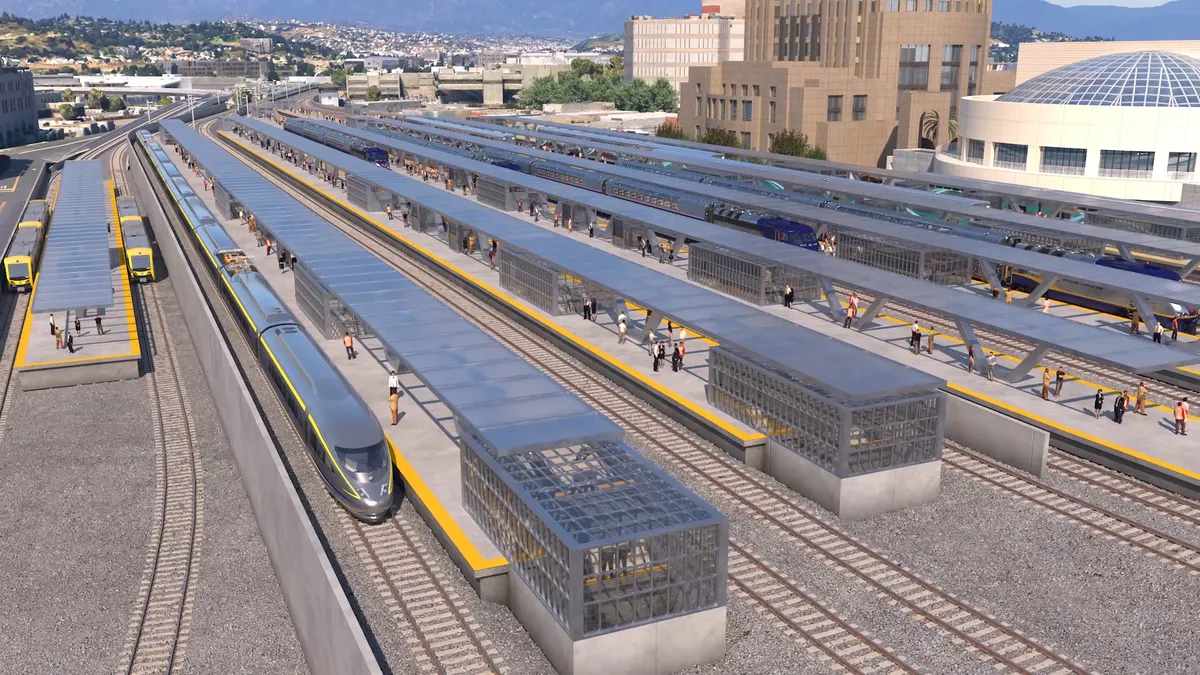Editor's Note: The following is a guest post from Kris Tremaine, a senior vice president at ICF.
The federal government moves slower on innovation than the business world no matter who sits in the White House. And that’s by design. In fact, there are several reasons for the pace of technology adoption and connectivity across America’s public sector.
One is the layers of people involved in finalizing decisions to introduce new processes and technology, as well as current procurement practices and resources. Another is that the speed of innovation greatly outpaces adoption and training.
Meanwhile, the position of cities as innovation leaders is rooted in history. The industrial revolution started in city centers due largely to population density, leadership from residents that welcomed change and infrastructure connectivity to other markets. That’s why it is natural to embrace that cities – which are more nimble than state and federal governments – will remain drivers of public sector innovation over the next few decades.
Mayors have unique convening power to bring about innovation and change
The incorporation of new technologies into the design of cities is a key focus for many organizations. An executive leader who understands the value of both internal and external expertise to drive changes with government-wide impact is thus incredibly important.
Mayors also must reconcile private industry efforts to lead city-level innovation for business reasons with benefiting from the technologies they produce – including Alphabet’s Coord Mobility Platform for Toronto’s Sidewalk Labs project and Ford’s Transportation Mobility Cloud released at CES 2018. As CityLab points out, mayors regularly convene leaders in government, industry and the nonprofit sector for ongoing civic work – they can also do so in the name of innovation.
Cities are able to focus on connectivity and implementing new systems that help people
City and local governments have a clearer sense than federal counterparts of what innovation needs to happen to solve local problems and make the lives of their residents easier. It helps that local officials live in the communities they govern. Mayors and city government officials have a unique peer-to-peer relationship with their constituents that can help drive citizen engagement – a core element of innovation and driver of change.
City-level civil servants share in the successes and failures of local public sector entities to address community needs. For instance, the city of Valdosta, GA installed a cloud-based system that synchronizes fire trucks with traffic lights to ensure speedy response to emergencies.
Concerted efforts like Valdosta’s can focus on other specific community needs like safer bike lanes or broader industry applications of technologies that power government websites and mobile apps, public transportation improvements, energy grid efficiency or access to healthcare.
Local officials reap the benefits, or feel the consequences, of community innovation efforts directly. They also interact more regularly with constituents who are also neighbors, friends and fellow residents. This proximity to civic engagement opportunities and citizen demands gives local officials a natural edge over federal agencies with broader jurisdiction.
City-level P3s allow for the swift deployment of technology that improves civil services
In Baltimore, Port Covington’s redevelopment provides an early case study for building a multi-billion dollar infrastructure project on the shoulders of public-private partnerships (P3s). Collaborations between city governments and private industry will become more important as cities far from Silicon Valley like Columbus, OH welcome a smart city future. However, hotly debated issues like citizen transparency, private-public data sharing and information security will need to be addressed in order to realize the most impact of P3s.
The outcome of the Amazon HQ2 bid promises to chart the near future of large scale public-private arrangements. Civic and business leaders around the United States and world will closely monitor the socioeconomic impact of Amazon’s decision on the chosen destination – and factor it into future decisions to bring government and industry together in the name of innovation.
Undoubtedly, city resident buy-in will become crucial as local governments work with outside partners like Google, Amazon and IBM to revamp public sector services and community engagement platforms.
Ultimately, cities need to overcome some of the same roadblocks as the federal government, but their closer proximity to communities and local concerns will continue to inspire public sector-oriented agility, rapid response and swift education for the benefit of fellow residents.
In practice, that means that public sector leaders will need to balance local realities (state of weather, infrastructure, accessibility) with platform-driven improvements to establish, then build successful innovation programs with lasting impact. While cities across the U.S. will take very different paths to modernization, it’s clear that they will need to maintain a central focus on citizens to succeed.


















